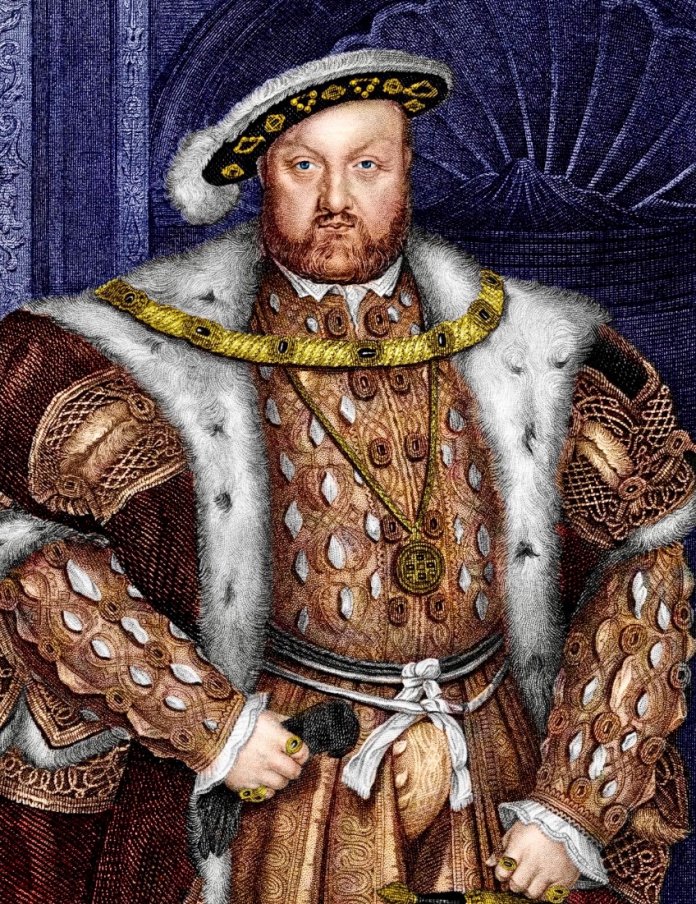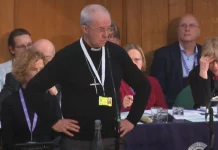This week’s article was going to be on the Catholicity of the universal Church. I have been working on a piece about the whole Church in my continued hope for Christian unity. But something more pressing has come to my attention this week.
The Church of England shared a link on social media to its webpage, History of the Church of England. This post caused major backlash, which resulted in the CofE disabling replies on Twitter.
The tweet in question read, “The Church of England is the established Christian church in England.
Our roots go back to the time of the Roman Empire, when the church came into existence in what was then the province of Britain.
Find out more about our history at http://cofe.io/OurHistory.”
Fairly benign, one might have thought, until one reads the replies, particularly from Roman Catholics. The seething genuinely caught me off guard. Now, anyone who follows my work will be aware that I am no fan of the Church of England as an institution. I left a couple of years ago in a rather public spat, so there is no love lost between us. However, they are right in this. The Church of England’s history is far more interesting and nuanced than this revisionist take that “the fat philanderer Henry VIII invented a new Church and the Church of England has no Catholic roots.”
Regular readers will know my theology is incredibly Catholic. Most protestants think I am a swift breeze away from swimming the Tiber. I have my issues with the contemporary interpretation of papal supremacy. This week, I learned there is another dogma I do not share with my Roman brethren, and that is the outright denial of the Church of England’s Catholic roots.
Henry VIII is responsible for some awful atrocities. Eamon Duffy covers them well in his Stripping of the Altars. The dissolving of the monasteries is one of the greatest crimes in English history — absolutely awful. And I have written previously on how the Reformation was a mistake. Any Church split is bad for Christian unity; the Body of Christ is supposed to be whole.
That said, Henry VIII was a human being like the rest of us, a fallen individual. History is not black/white, and we can paint him as a villain all day long. But it is important to look at history holistically and address the whole picture. His rottenness does not take away the Church’s heritage. Even he did not have that power.
In retrospect, had Pope Clement VII annulled Henry’s marriage to Catherine of Aragon and given him the opportunity of being blessed with a son to produce an heir to the throne, much of the mess of English Church history could have been avoided. The Pope would not have been setting a precedent. This was perhaps a political decision, not a theological one. The Holy Roman Emperor Charles V was Queen Catherine’s nephew, and he had taken control of Rome. The Pope refused to disolve Henry VIII’s marriage to Catherine for that reason, it had little to do with the sanctity of marriage, unfortunately. But that point is neither here nor there.
Henry VIII was a Catholic king. The reason the present King of England is called Defender of the Faith (Fidei Defensor) is because Parliament bestowed the title on Henry VIII and his successors to defend the Anglican faith. Prior to that, though, Pope Leo X bestowed it upon Henry VIII for his book Defence of the Seven Sacraments (Assertio Septem Sacramentorum). In Defence of the Seven Sacraments, Henry VIII outlined the importance of the Sacraments in what was called “one of the most successful pieces of Catholic polemics produced by the first generation of anti-Protestant writers.” Henry VIII called Martin Luther a heretic – which is quite ironic considering how many Anglicans venerate Luther today.
Being incredibly Catholic, Henry VIII did not set out to create a Protestant Church, certainly not in the same guise as Protestantism on the continental of Europe.
Henry VIII got divorced and secretly married anyway; he was excommunicated, and in return, he split the English Church from Roman authority. In 1536, Henry VIII gave sanction to his Ten Articles of Religion, which became the foundation of the Bishop’s Book (otherwise called The Institution of the Christian Man). Over the next three years, this work progressed to become the King’s Book, containing Six Articles of Religion for the Church of England, “The articles reaffirmed Catholic doctrine on matters of transubstantiation, the reasonableness of withholding the cup from the laity during communion, clerical celibacy, observance of vows of chastity, permission for private masses and the importance of auricular confession.” [1539] This was not your grandma’s Protestantism.
Read it all at Calvin Robinson










